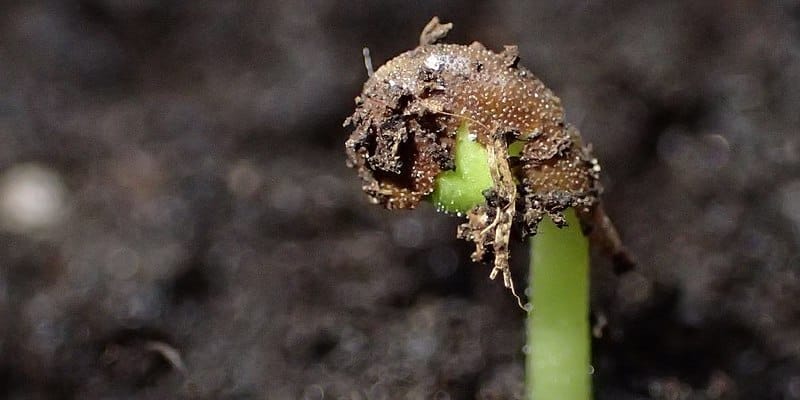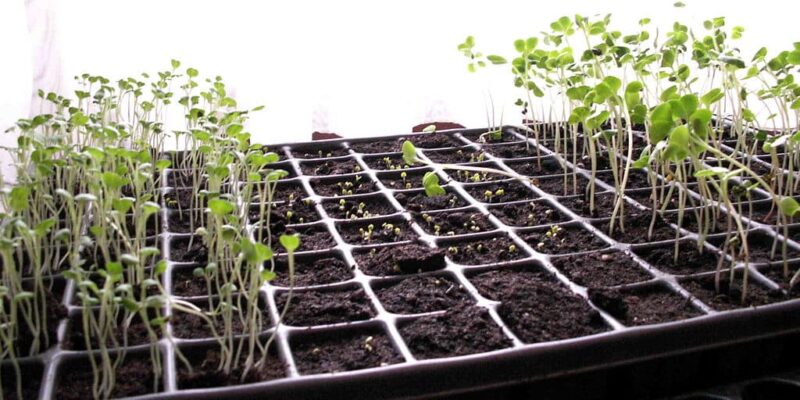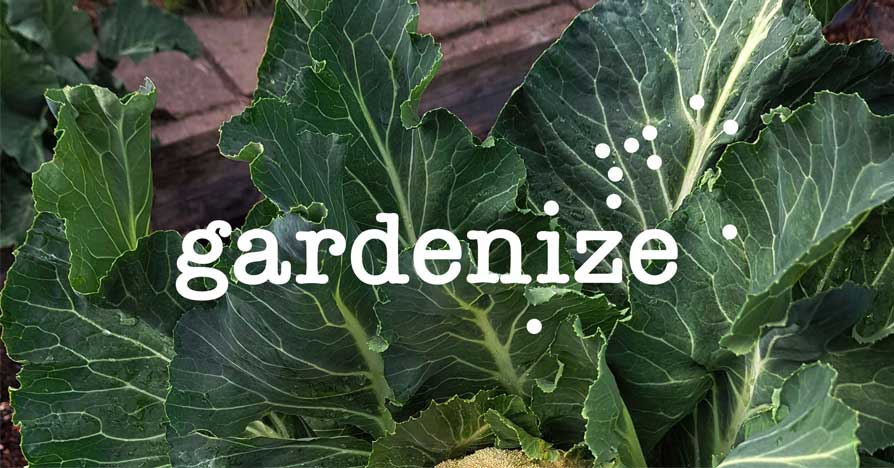How to sow seeds indoors
Seeds are truly a miracle. Imagine that in the tiny little seed, everything needed for harvesting sun-ripened tomatoes after a few months resides. And in the even tinier Snapdragons seeds, a freshly picked bunch of flowers for the favourite vase to decorate the dinner table with is hiding. To become marveled by the process when the seed is sown, and step by step handle the small plants, and then be so richly rewarded, is one of the most gratifying things a gardener can do. And this time of the year, anything is possible.
Concepts and techniques explained for how to sow seeds
When you sow seeds, the seedlings and small plants must be given the right conditions. What we give in the form of love, care, and knowledge we get back as delicious food and beautiful visual impressions.
By giving love and care, to look at, follow, and act based on what we see, we gain knowledge that makes us succeed better and better in our efforts. Documenting the progress and failures is a source of one’s knowledge. Knowledge is an art form that not only consists of the words we read but must also be incorporated into the memory of the body through experience. We grow as gardeners by training, practising, watching the outcome and thinking about why it turned out the way it did.
We are all different, some want to try and experiment directly, others want to read about theories and others’ experiences. But a strong piece of advice, no matter how you want to go about it, is to document your experiences to grow as a gardener. The most important thing is always to start from your own conditions exactly where you grow. The little seed does not know the text on the seed bag or in the book you last read. You are the one who creates the circumstances for the seed and plants to thrive.
Do I have to sow seeds indoors?
Sowing a seed elsewhere than at the place where the plant is to finally grow is called plant propagation or transplant cultivation.
You do it because:
- some plants, which do not tolerate cold climates, and don’t have time to develop during the season if you live in an area with a relatively short period of light and heat
- to be able to plant out slightly larger plants that are not as sensitive to pest infestation and can easier withstand any weeds trying to take over the growing space
- it is easier to keep track of seeds and seedlings indoors and adapt to optimal conditions, such as light, water, nutrition, than outdoors
There is only a need to start seed indoors for plants that have a long transplanting time and if you live in a place where the bright and warm season isn’t long enough for the plant to mature and bear fruit and flowers.
Seed and plant development time
When you sow depends on the plant’s development time and when you can plant outside where you live. The time from sowing until it has grown large enough to be planted outside is called transplanting time. A plant with a relatively short transplanting time, that is sensitive to frost e.g. tomatoes, should be seeded 6-8 weeks before you can plant it outside.
Information on seed bags usually has a fairly long sowing period stated. Do not think about that, instead, calculate backwards from when you have warm enough temperatures where you live and the transplanting time.
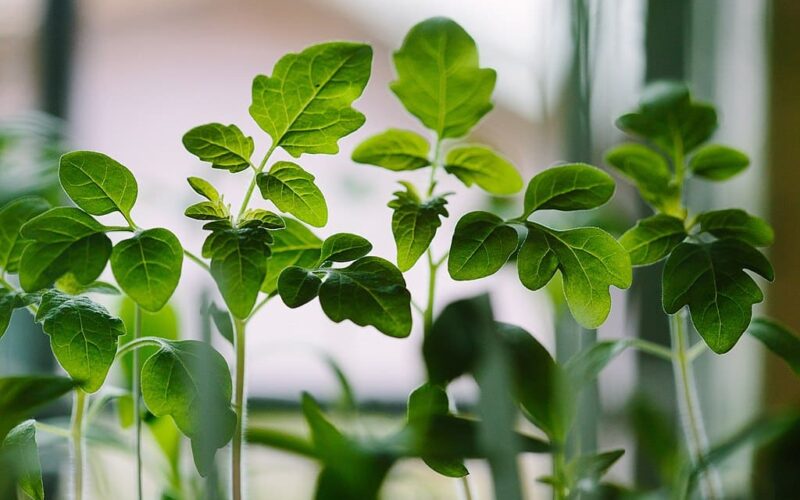
Plant hardiness
Plants have different genetic conditions to be able to cope with rapid temperature changes above and below zero degrees and longer periods of minus degrees. How the plant copes with low temperatures determines the plant’s hardiness. We are used to talking about hardiness for perennials, i.e. plants that can overwinter year after year.
But annuals, which complete their life cycle in only one season, are also differently hardy. Some can handle a few minus degrees while others succumb directly. When you can a plant outside depends on where you live and if you have access to a greenhouse and what temperature that greenhouse can maintain.
Learn more about annual hardiness here.
Lighting conditions for seedlings
Another important aspect is the lighting conditions you have access to indoors. Light is perhaps the most important thing for small plants. In a dry and warm indoor climate, seedlings need a lot of light to grow strong and healthy.
In the end of winter and the early spring, the number of daylight hours is not high enough to give small plants the light they need in many places on earth. Then extra lighting of some kind is needed. If you do not have access to extra light resources, it may be better to wait a few weeks with the seeds.

Space for growing seedlings
Space is also an aspect to consider. When the small plants grow, it is not good if they are too crowded in a small space. They will start to stretch out and become wiggly while reaching upward for free space.
There is a great risk that no plant will develop into a strong and healthy specimen for planting outside. Therefore, do not take care of more seedlings than you can handle indoors and have space for outside. And don’t sow not fast-growing plants too early. They will grow out of their plugs or pots and their growth will start to stomp.
Then, when it is time to plant them outside, it can take several weeks before the growth starts again. As a result, all effort of cultivating transplants is lost.
Direct sowing
Some plants do not like to be moved at all and are really disturbed when they are replanted. These plants are best sown directly at the plant site, so-called direct sowing. Other plants germinate and establish themselves quickly and have a development time that allows them to bear fruit or flowers before the season is over. For these plants, there is no reason to start seeds for transplanting.
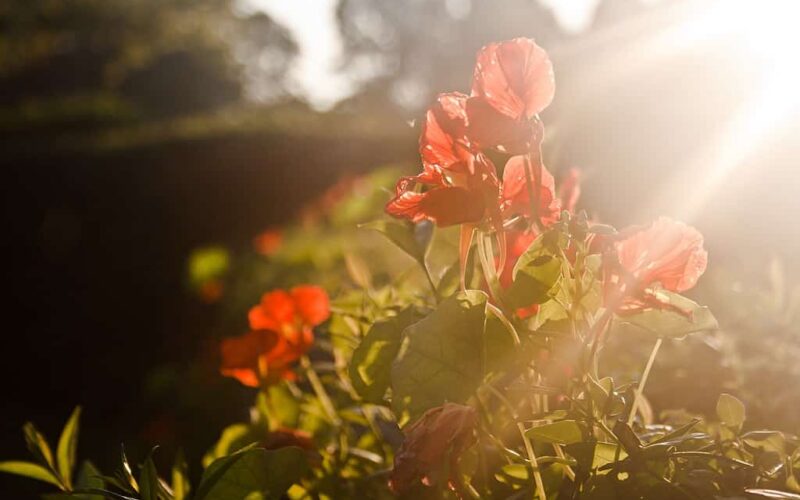
Some sowing words and concepts to sow seeds
- Hardiness – how well a plant can withstand temperature fluctuations above and below zero degrees and longer periods of cold
- Transplanting – to moving a young seedling from one place to the next
- Transplanting timing – the number of weeks after a seed is started that it should be planted outside
- Potting on – to replant a small plant in a larger pot when the soil volume has become too small in relation to the size of the plant
- Plant out or setting out transplants – to plant seedlings at the final planting site at transplanting time
- Direct sowing – to sow directly at the plant site
- Row sowing – sowing seeds in rows
- Broadcast sowing – sowing evenly over a surface
- Cold sowing, cold winter sowing or covered sowing – sowing outdoors when it is still cold is suitable for hardy annuals and perennials. The seed then germinates at just the right time. Can be done both for direct sowing, in plugs / pots and wide sowing in vessels.
- Plant training – to plant seedlings in individual plugs or pots, usually after broadcast sowing in a tray indoors
- Hardening off – the process of preparing young plants (started from seed indoors) for outside weather conditions.
Getting started sowing seeds
A good piece of advice is to get an overview of the plant you plan to sow during the season.
We have written an article about how you can create your own plan for the pre gardening season and you can read it here.
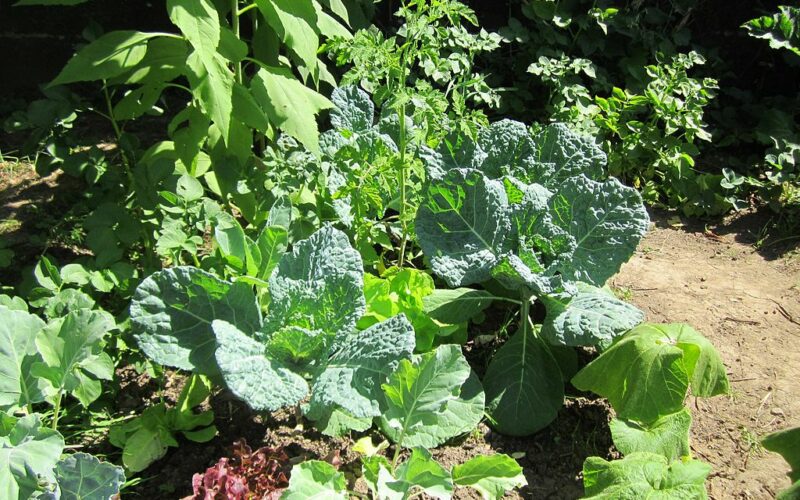
GARDENIZE GARDEN APP
A gardening friend with a green thumb and photographic memory
Gardenize is an app for gardening and cultivation that helps you to overview, understand and develop your garden and your gardening skills.
Order makes it easier to succeed and Gardenize structures information and photos and makes it searchable for you. You also get tips and inspiration from other Gardenizers around the world.
Gardenize is free to use and you can download Gardenize from the App Store or Google Play, or create an account for the Gardenize web app for web browsers.
More to read from Gardenize
Images published on the Gardenize website belong to Gardenize AB and may not be used without permission.

